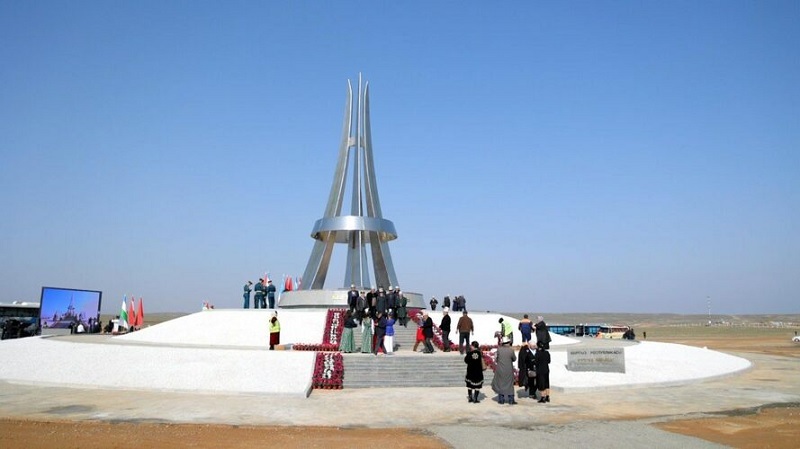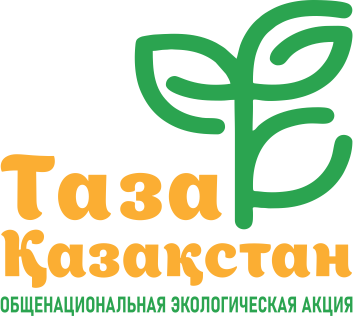Khujand Agreement 2025: A Turning Point for Central Asian Borders
Khujand Agreement 2025: Leaders of Kyrgyzstan, Tajikistan, and Uzbekistan Sign Historic Border Deal

Leaders of Central Asia during discussions of the Khujand Agreement, 2025 / Press Office of the President of the Kyrgyz Republic
On the last day of March, the leaders of Kyrgyzstan, Tajikistan, and Uzbekistan — Sadyr Japarov, Emomali Rahmon, and Shavkat Mirziyoyev — signed an agreement in Khujand, Tajikistan, formally establishing the tri-junction point where the borders of the three countries meet. This landmark event marks the resolution of a long-standing territorial dispute. Cronos.Asia explores what this means for the region.
Turning Point
The Khujand Agreement achieved a key goal: it formalized the legal status of the geographic tri-junction of the three states. According to Kyrgyzstan’s Ministry of Foreign Affairs, the agreement puts an end to years of negotiations and disputes over the exact location of the borders. Experts believe that regional integration processes are now likely to accelerate — a development that could ensure greater stability in the Fergana Valley and, ideally, lead to its prosperity.
This process has already begun. In addition to the "tri-border" agreement, the three presidents signed a Declaration of Eternal Friendship in Khujand. As a symbolic gesture, a Friendship Complex was inaugurated at the border of the three countries, crowned by a stele.

The current political climate in the region reflects a desire for peace and cooperation. Kyrgyz President Sadyr Japarov stated during the "Fergana Trio" summit that regional integration is steadily advancing and that deepening cooperation across all sectors is key to sustainable development and prosperity in Central Asia.
"As the saying goes: ‘A close neighbor is better than a distant relative.’ Kyrgyzstan is optimistic about the future and fully committed to developing multifaceted cooperation with the brotherly nations of Central Asia," said Japarov.
Meanwhile, Uzbek President Shavkat Mirziyoyev proposed holding annual joint concerts and friendship festivals during the Nowruz celebrations in border regions. He even offered to host the first such event next year in Fergana. On the economic front, he called for stronger intergovernmental collaboration to deliver real and rapid results that would improve the well-being of citizens. Mirziyoyev also suggested creating a tripartite trade platform with a permanent exhibition of industrial and agricultural goods, and called for the modernization of border checkpoints. He emphasized that Uzbekistan's trade volume with Kyrgyzstan and Tajikistan has increased significantly — with half of that trade coming from border regions.
Tajik President Emomali Rahmon also expressed optimism:
"In Tajikistan, we highly value our relations with Kyrgyzstan and Uzbekistan, which are based on the principles of good neighborliness, equality, mutual respect, and consideration of each other’s interests. Strengthening these ties is one of the key priorities of Tajikistan’s foreign policy."
Risks and Opportunities
As long as the "Fergana Trio" continues to operate in a spirit of friendship, the region faces no immediate threats. However, the agreement’s practical implementation remains to be seen, and its success is not guaranteed.
The resolution of border issues in the Fergana Valley also benefits the Collective Security Treaty Organization (CSTO).
According to Kyrgyz analyst Adilet Kylychev, "Improved Kyrgyz-Tajik relations will inevitably strengthen the overall security framework of the CSTO. The formation of a new Eurasian security architecture — increasingly relevant amid global geopolitical shifts — will have a firmer foundation moving forward."
Nevertheless, the agreement does not address the internal challenges facing each country. In Uzbekistan’s part of the Fergana Valley — the Fergana, Andijan, and Namangan regions — lives around one-third of the nation’s 37.5 million people. The population density in these regions is ten times higher than the national average. In Tajikistan, the Sughd region accounts for over a third of the country’s 10.5 million people. In Kyrgyzstan, more than half of the country’s 7 million population resides in the Osh, Jalal-Abad, and Batken regions. Moreover, the Fergana Valley’s population increases by 300,000 people annually, creating serious challenges such as land and water shortages, unemployment, and labor migration.
These longstanding socio-economic problems — cited by experts for decades — provide fertile ground for radical and extremist movements. Failing to address them may lead to future complications. Experience shows that prevention is always less costly than conflict resolution. Though preventive measures often require substantial investment, they are still far cheaper than dealing with the aftermath of unrest.
As the three nations consider a strategy for deeper integration in the Fergana Valley, they would be wise to develop a collective response to shared threats. For example, they could establish a free trade zone in the valley. However, such efforts must go hand-in-hand with reindustrialization and modernization of the border regions’ economies. Only then can the Fergana Valley shed its reputation as a hub for extremism, terrorism, and drug trafficking.
Russian version of the article:
Ферганская долина: что значит договор о границах для Центральной Азии
Любое использование материалов допускается только при наличии гиперссылки на cronos.asia.
Подписывайтесь на Telegram-канал Central Asia Cronos и первыми получайте актуальную информацию!


